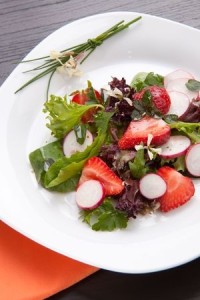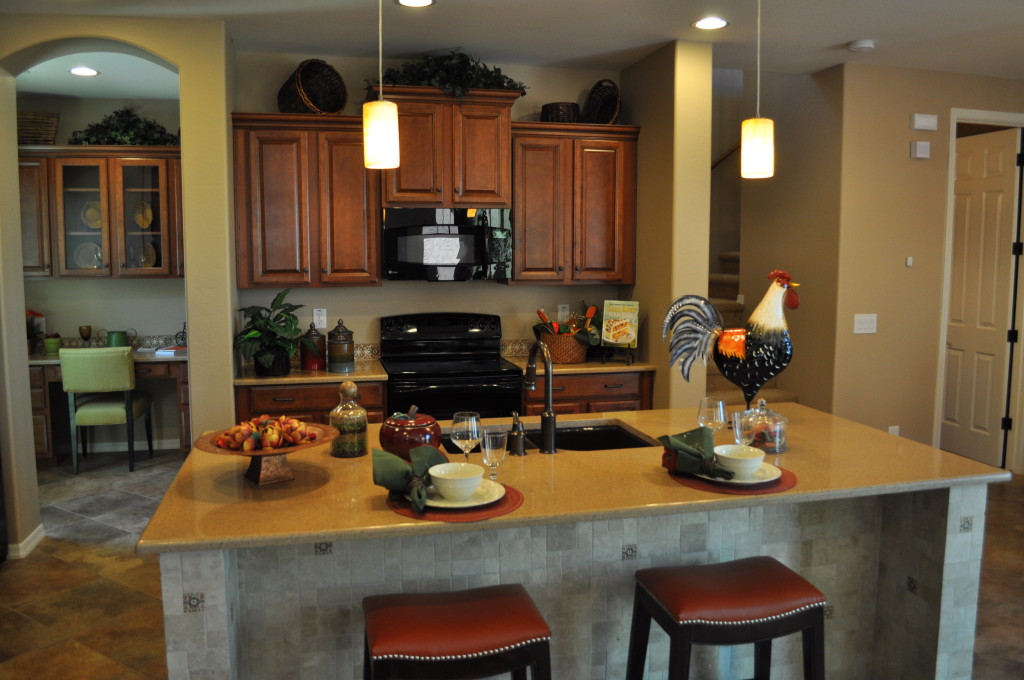 It’s such a nice idea. Fix mom a special breakfast in bed for Mother’s Day. Get the kids up early and make her favorite pancakes and surprise her. If you’re a mom, you may want to print this blog and leave it where your spouse or kids can see it. If you’re a dad, stop and think. Ask yourself these questions:
It’s such a nice idea. Fix mom a special breakfast in bed for Mother’s Day. Get the kids up early and make her favorite pancakes and surprise her. If you’re a mom, you may want to print this blog and leave it where your spouse or kids can see it. If you’re a dad, stop and think. Ask yourself these questions:
Have I ever made pancakes before? Sure, it doesn’t look that hard, but it’s trickier than you think. How hot do you set the pan? How thick should they be? How do you keep them warm? Where is the flour??? Next question:
Have I ever cooked with the kids before? Depending upon their ages, this could be a good idea (your 13-year-old may know where the flour is). Or it could be a very bad idea (don’t let your five-year-old measure anything – liquid or solid – unless you want some or all of it to land on the floor).
When I cook – if I ever cook – how does the kitchen look when I’m done? The sweetest mother/wife in the world will not be excited about breakfast in bed if afterwards the kitchen is a disaster.
 Now, the goal here is not to totally discourage you from a special breakfast for mom. Instead, how about adjusting your sights to match your – and your children’s – capabilities?
Now, the goal here is not to totally discourage you from a special breakfast for mom. Instead, how about adjusting your sights to match your – and your children’s – capabilities?
The simplest option is to stop at some bakery the day before and pick up some bagels, danishes, croissants, or whatever your wife likes. Buy and wash up a few berries and put some flowers on the tray. Voila, you’re finished and the kitchen looks great. Don’t forget the coffee – Starbucks if there’s one close by or homemade if you know what you’re doing.
And the kids? How about a nice hand-drawn Mother’s Day card? Check out the mom on the right. The breakfast is cereal with berries, orange juice and coffee – and the card. It’s a good breakfast and the kitchen is still looking alright. One last tip – possibly the best mom’s day gift you could give her – some extra sleep time. So hold off on that breakfast and keep the kids busy and quiet until she wakes up on her own.

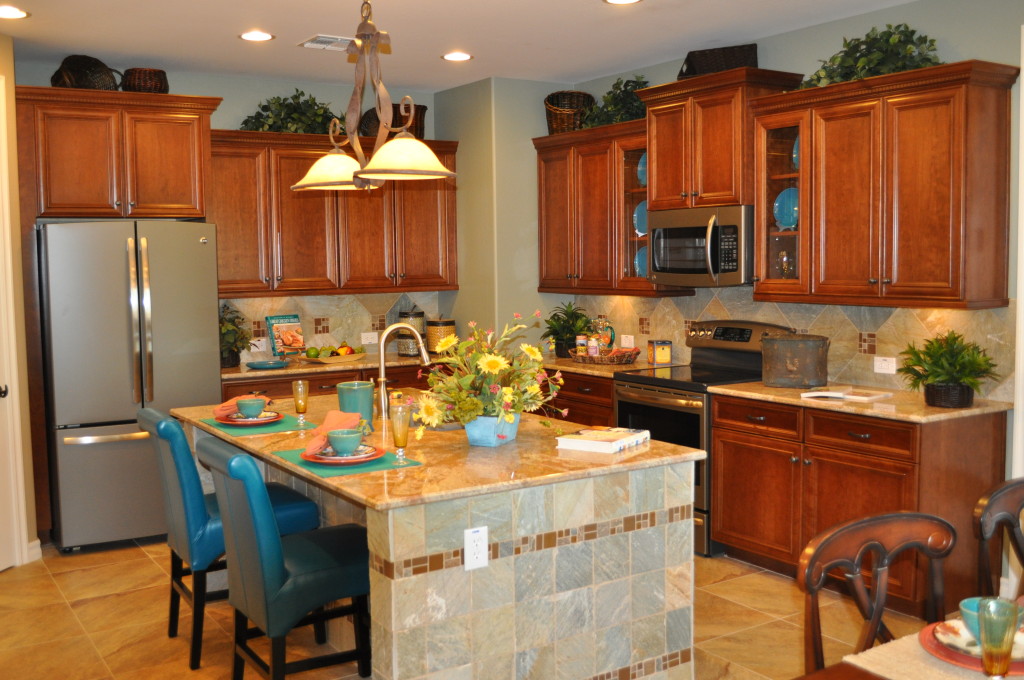

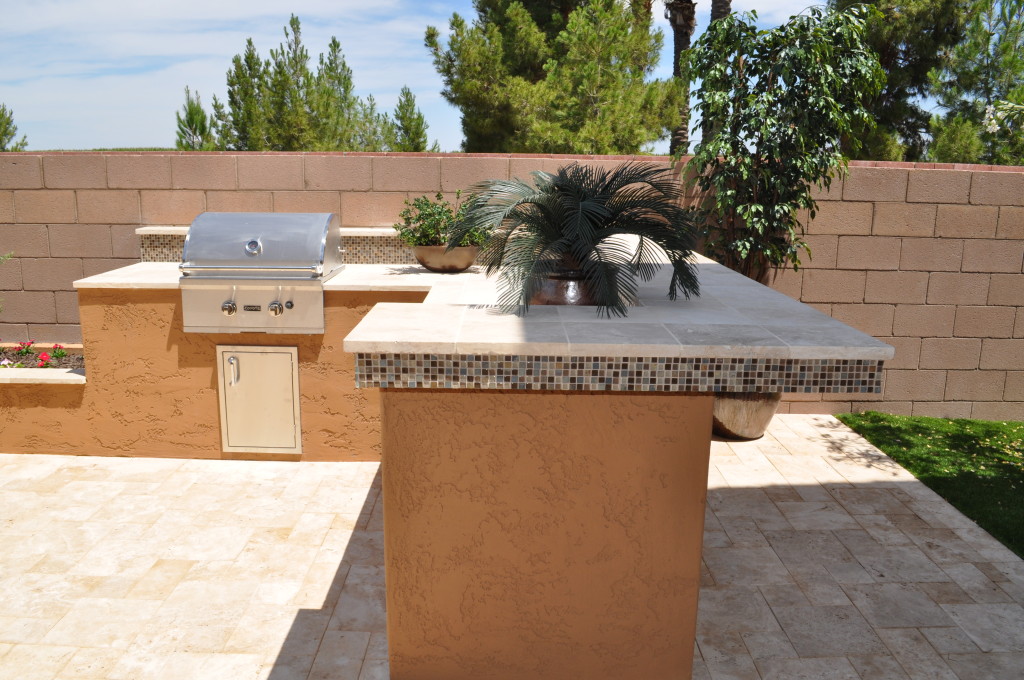
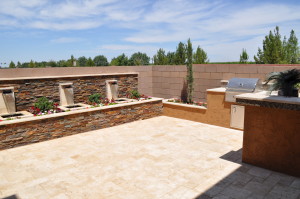 This backyard – from the Fulton Homes Cascade model – also brings in a triple fountain, creating a three-sided integrated space that is ready for a table and chairs or outdoor sofa and loveseat combo. The earth tones of the tile and coordinating stone allow you to choose from a variety of cushion colors and patterns.
This backyard – from the Fulton Homes Cascade model – also brings in a triple fountain, creating a three-sided integrated space that is ready for a table and chairs or outdoor sofa and loveseat combo. The earth tones of the tile and coordinating stone allow you to choose from a variety of cushion colors and patterns. When it comes to larger furniture investments, many people are hesitant to choose color, preferring instead to stick with neutrals. But color creates its own magic, as you can see with these two rooms from the Fulton Homes Cascade model.
When it comes to larger furniture investments, many people are hesitant to choose color, preferring instead to stick with neutrals. But color creates its own magic, as you can see with these two rooms from the Fulton Homes Cascade model. Not quite ready for prime-time color? How about dipping your toe into the pool with a focus wall such as the one in the photo to the right? The contrast between the light blue and the brown and rust colors from the bedding and curtains works well to keep color front-and-center in this master bedroom.
Not quite ready for prime-time color? How about dipping your toe into the pool with a focus wall such as the one in the photo to the right? The contrast between the light blue and the brown and rust colors from the bedding and curtains works well to keep color front-and-center in this master bedroom.
